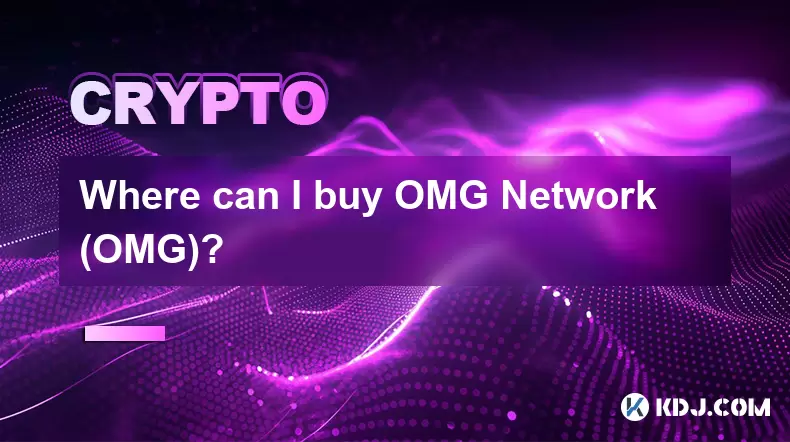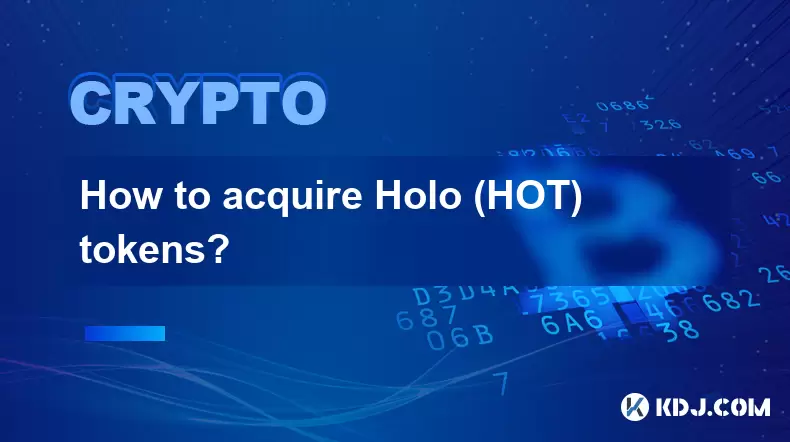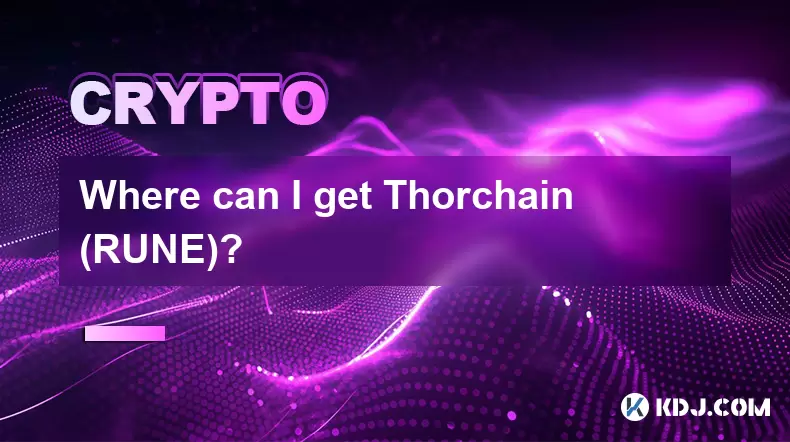-
 Bitcoin
Bitcoin $116700
0.24% -
 Ethereum
Ethereum $3973
4.34% -
 XRP
XRP $3.283
7.68% -
 Tether USDt
Tether USDt $1.000
0.01% -
 BNB
BNB $789.8
2.27% -
 Solana
Solana $176.2
3.31% -
 USDC
USDC $0.9999
0.00% -
 Dogecoin
Dogecoin $0.2238
5.14% -
 TRON
TRON $0.3389
-0.51% -
 Cardano
Cardano $0.7907
4.03% -
 Stellar
Stellar $0.4527
10.02% -
 Hyperliquid
Hyperliquid $41.07
4.27% -
 Sui
Sui $3.794
1.77% -
 Chainlink
Chainlink $19.49
10.40% -
 Bitcoin Cash
Bitcoin Cash $580.9
0.74% -
 Hedera
Hedera $0.2617
4.32% -
 Avalanche
Avalanche $23.41
3.67% -
 Ethena USDe
Ethena USDe $1.001
-0.03% -
 Litecoin
Litecoin $122.4
1.38% -
 Toncoin
Toncoin $3.364
1.49% -
 UNUS SED LEO
UNUS SED LEO $8.988
0.37% -
 Shiba Inu
Shiba Inu $0.00001295
2.82% -
 Uniswap
Uniswap $10.62
5.75% -
 Polkadot
Polkadot $3.922
4.46% -
 Dai
Dai $1.000
0.01% -
 Bitget Token
Bitget Token $4.494
2.15% -
 Monero
Monero $268.0
-1.30% -
 Cronos
Cronos $0.1523
3.68% -
 Pepe
Pepe $0.00001127
4.43% -
 Aave
Aave $285.4
4.85%
Earning ETH from Scratch: 6 Best Free Strategy Guides
Earn ETH for free with strategies like faucets, airdrops, mining, staking, learning platforms, and referrals, each with unique benefits and challenges.
May 31, 2025 at 09:42 pm

Earning Ethereum (ETH) from scratch can seem daunting, but with the right strategies, it's entirely possible to start building your crypto portfolio without an initial investment. In this comprehensive guide, we'll explore six of the best free strategies to help you earn ETH from the ground up. Each method has its own set of advantages and potential challenges, so understanding them thoroughly will be crucial to your success.
Strategy 1: Faucets
Faucets are one of the simplest ways to earn small amounts of ETH without any initial investment. These are websites or apps that reward users with small amounts of cryptocurrency for completing simple tasks, such as solving captchas or watching ads.
To get started with faucets:
- Find reputable faucets: Research and identify faucets that pay out in ETH. Websites like Coinfaucet.io and FaucetPay.io are good starting points.
- Create an account: Sign up for an account on the chosen faucet. You may need to provide an email address and create a password.
- Complete tasks: Follow the instructions to complete tasks, such as entering a captcha or watching a short video.
- Withdraw your earnings: Once you've accumulated a minimum amount of ETH, you can withdraw it to your wallet. Be aware that withdrawal thresholds can vary, and some faucets may charge a small fee.
While faucets can provide a steady trickle of ETH, the amounts are typically very small, and it can take a long time to accumulate a significant amount. However, they're a good way to start earning without any upfront cost.
Strategy 2: Airdrops
Airdrops are another popular way to earn free ETH. These occur when a new cryptocurrency project distributes free tokens to the community, often as a way to build interest and encourage adoption. Sometimes, these airdrops include ETH as part of the package.
To participate in airdrops:
- Stay informed: Join crypto communities on platforms like Reddit, Twitter, and Telegram to stay updated on upcoming airdrops.
- Follow instructions: Each airdrop has specific requirements, such as signing up for a newsletter, joining a Telegram group, or completing a task. Follow the instructions carefully to be eligible.
- Use a compatible wallet: Ensure you have a wallet that supports the airdropped tokens. For ETH, wallets like MetaMask or Trust Wallet are good choices.
- Claim your tokens: Once the airdrop is distributed, follow the provided steps to claim your tokens. This usually involves connecting your wallet to a specific website.
Airdrops can be a lucrative way to earn ETH, but they require vigilance and prompt action. Missing deadlines or failing to follow instructions can result in missing out on the airdrop.
Strategy 3: Mining
Mining involves using computational power to validate transactions on the Ethereum blockchain and earn ETH as a reward. While mining was once accessible to individuals with regular computers, the increasing difficulty has made it more challenging for solo miners.
To start mining ETH:
- Choose mining hardware: You'll need powerful hardware like GPUs (Graphics Processing Units) or ASICs (Application-Specific Integrated Circuits). Research the best options based on your budget and available space.
- Set up mining software: Download and install mining software compatible with your hardware. Popular options include T-Rex and GMiner.
- Join a mining pool: Solo mining can be unprofitable due to the high difficulty level. Joining a mining pool increases your chances of earning rewards. Popular pools include Ethermine and F2Pool.
- Configure your wallet: Set up an Ethereum wallet to receive your mining rewards. Ensure it's compatible with the mining pool you've chosen.
- Start mining: Launch the mining software and connect to the mining pool. Monitor your performance and adjust settings as needed.
Mining can be a more involved process, requiring an initial investment in hardware and ongoing electricity costs. However, it can be a rewarding way to earn ETH over time.
Strategy 4: Staking
Staking involves holding a certain amount of ETH in a wallet to support the operations of a blockchain network and earn rewards in return. With the upcoming Ethereum 2.0 upgrade, staking will become more accessible to the average user.
To start staking ETH:
- Choose a staking platform: Research and select a reputable staking platform or service. Some popular options include Coinbase, Kraken, and Binance.
- Set up a staking wallet: If you're using a platform, they may provide a staking wallet. Otherwise, you'll need to set up a wallet that supports staking, such as Ledger or Trezor.
- Deposit ETH: Transfer the required amount of ETH to your staking wallet. The minimum amount can vary depending on the platform and the specific staking pool.
- Start staking: Follow the platform's instructions to begin staking. This usually involves selecting a validator and locking your ETH in the staking contract.
- Monitor your rewards: Keep an eye on your staking rewards, which are typically distributed periodically.
Staking can be a passive way to earn ETH, but it requires locking up your funds for a certain period. Be sure to understand the terms and risks associated with staking before getting started.
Strategy 5: Learning and Earning Platforms
Learning and earning platforms offer a unique opportunity to earn ETH by completing educational courses or quizzes about cryptocurrency and blockchain technology. These platforms are designed to educate users while rewarding them with small amounts of crypto.
To earn ETH through learning platforms:
- Choose a platform: Popular platforms include Coinbase Earn, Binance Academy, and Crypto.com Learn. Each platform offers different courses and rewards.
- Sign up for an account: Create an account on the chosen platform. You may need to provide personal information and complete a KYC (Know Your Customer) process.
- Complete courses: Enroll in available courses and complete the lessons or quizzes. Each course will have specific requirements for earning rewards.
- Claim your rewards: Once you've completed a course, follow the platform's instructions to claim your ETH rewards. These are usually credited directly to your account on the platform.
Learning and earning platforms provide a dual benefit of increasing your knowledge while earning ETH. However, the amount of ETH you can earn is typically limited, and you may need to complete multiple courses to accumulate a significant amount.
Strategy 6: Referral Programs
Referral programs allow you to earn ETH by referring new users to cryptocurrency platforms or services. These programs often provide a percentage of the fees or rewards generated by the users you refer.
To participate in referral programs:
- Choose a platform with a referral program: Many crypto exchanges and services offer referral programs. Examples include Coinbase, Binance, and KuCoin.
- Sign up for an account: Create an account on the chosen platform if you haven't already. You'll need to complete any necessary KYC processes.
- Get your referral link: Find your unique referral link or code in your account settings or referral section.
- Share your link: Share your referral link with friends, family, or on social media. When someone signs up and completes the required actions (such as trading or staking), you'll earn a referral bonus.
- Track your earnings: Monitor your referral earnings in your account. Some platforms may have a minimum threshold before you can withdraw your rewards.
Referral programs can be a passive way to earn ETH, but they depend on your network and the platform's terms. Be sure to understand the referral conditions and any potential limits on earnings.
Frequently Asked Questions
Q1: Can I earn ETH without any initial investment?
Yes, it's possible to earn ETH without any initial investment through methods like faucets, airdrops, and learning and earning platforms. However, these methods typically yield small amounts and may require time and effort to accumulate a significant amount of ETH.
Q2: Is mining ETH still profitable for individuals?
Mining ETH can be profitable for individuals, but it depends on several factors, including the cost of hardware, electricity rates, and the current price of ETH. Joining a mining pool can increase your chances of earning rewards, but the overall profitability can vary.
Q3: How much ETH can I earn from staking?
The amount of ETH you can earn from staking depends on the staking platform, the amount of ETH you stake, and the network's overall performance. Staking rewards are typically expressed as an annual percentage yield (APY), which can vary over time.
Q4: Are referral programs a reliable way to earn ETH?
Referral programs can be a reliable way to earn ETH, but the amount you earn depends on the platform's terms and the number of people you successfully refer. It's important to choose reputable platforms and understand the conditions of their referral programs.
Disclaimer:info@kdj.com
The information provided is not trading advice. kdj.com does not assume any responsibility for any investments made based on the information provided in this article. Cryptocurrencies are highly volatile and it is highly recommended that you invest with caution after thorough research!
If you believe that the content used on this website infringes your copyright, please contact us immediately (info@kdj.com) and we will delete it promptly.
- Mutuum Finance, Bitcoin Whales, and Binance: Decoding the Crypto Currents
- 2025-08-08 22:30:11
- Bitcoin, Great Depression, and Financial Crisis: Are We on the Brink?
- 2025-08-08 22:30:11
- PENDLE Price Pumping: Is This Cryptocurrency's Momentum Sustainable?
- 2025-08-08 20:50:11
- BlockchainFX (BFX): The Crypto Presale Shaking Up the Scene in 2025
- 2025-08-08 21:10:15
- GMO Miner, Bitcoin, and XRP Mining: A New Era of Passive Income?
- 2025-08-08 21:10:15
- Web3 Antivirus, Token Validation, Wallets & Exchanges: Staying Safe in DeFi
- 2025-08-08 21:16:08
Related knowledge

Where can I buy UMA (UMA)?
Aug 07,2025 at 06:42pm
Understanding UMA and Its Role in Decentralized FinanceUMA (Universal Market Access) is an Ethereum-based decentralized finance (DeFi) protocol design...

Where can I purchase Siacoin (SC)?
Aug 08,2025 at 11:14am
Understanding Siacoin (SC) and Its Role in the Sia NetworkSiacoin (SC) is the native cryptocurrency of the Sia decentralized cloud storage platform, a...

Where can I buy OMG Network (OMG)?
Aug 08,2025 at 12:57pm
Understanding OMG Network (OMG) and Its PurposeThe OMG Network, originally known as OmiseGO, is a layer-2 scaling solution built on the Ethereum block...

What exchanges support buying IOTA (MIOTA)?
Aug 07,2025 at 09:58pm
Understanding the Role of Private Keys in Cryptocurrency SecurityIn the world of cryptocurrency, private keys are the cornerstone of ownership and con...

How to acquire Holo (HOT) tokens?
Aug 08,2025 at 05:56am
Understanding Holo (HOT) and Its EcosystemHolo (HOT) is a cryptocurrency token associated with the Holo ecosystem, which is built on the Holochain fra...

Where can I get Thorchain (RUNE)?
Aug 08,2025 at 08:07am
Understanding the Role of Seed Phrases in Cryptocurrency WalletsA seed phrase, also known as a recovery phrase or mnemonic phrase, is a critical compo...

Where can I buy UMA (UMA)?
Aug 07,2025 at 06:42pm
Understanding UMA and Its Role in Decentralized FinanceUMA (Universal Market Access) is an Ethereum-based decentralized finance (DeFi) protocol design...

Where can I purchase Siacoin (SC)?
Aug 08,2025 at 11:14am
Understanding Siacoin (SC) and Its Role in the Sia NetworkSiacoin (SC) is the native cryptocurrency of the Sia decentralized cloud storage platform, a...

Where can I buy OMG Network (OMG)?
Aug 08,2025 at 12:57pm
Understanding OMG Network (OMG) and Its PurposeThe OMG Network, originally known as OmiseGO, is a layer-2 scaling solution built on the Ethereum block...

What exchanges support buying IOTA (MIOTA)?
Aug 07,2025 at 09:58pm
Understanding the Role of Private Keys in Cryptocurrency SecurityIn the world of cryptocurrency, private keys are the cornerstone of ownership and con...

How to acquire Holo (HOT) tokens?
Aug 08,2025 at 05:56am
Understanding Holo (HOT) and Its EcosystemHolo (HOT) is a cryptocurrency token associated with the Holo ecosystem, which is built on the Holochain fra...

Where can I get Thorchain (RUNE)?
Aug 08,2025 at 08:07am
Understanding the Role of Seed Phrases in Cryptocurrency WalletsA seed phrase, also known as a recovery phrase or mnemonic phrase, is a critical compo...
See all articles

























































































